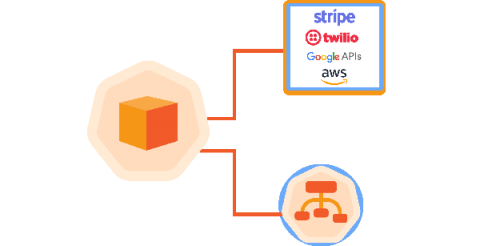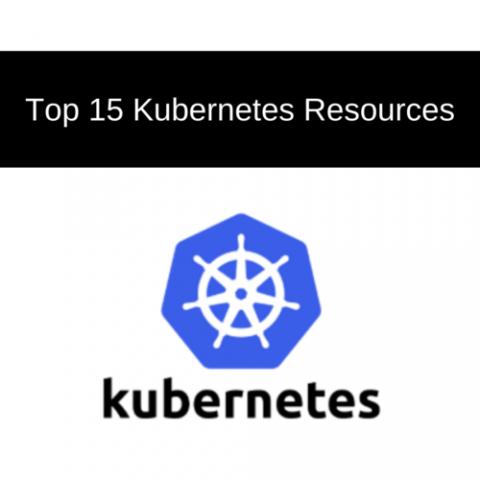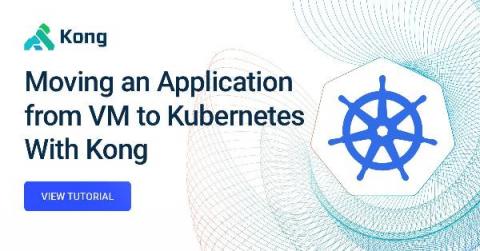5 Tips to Improve Kubernetes Understandability
When you talk to an enterprise development team these days, there is a good chance they are in the midst of either migrating applications to the cloud or building a Cloud Native greenfield application. While there are many approaches to running those applications in the cloud, Kubernetes often comes to the forefront as the platform of choice. It provides a powerful container orchestration platform, which provides plenty of room for growth as your application evolves.











